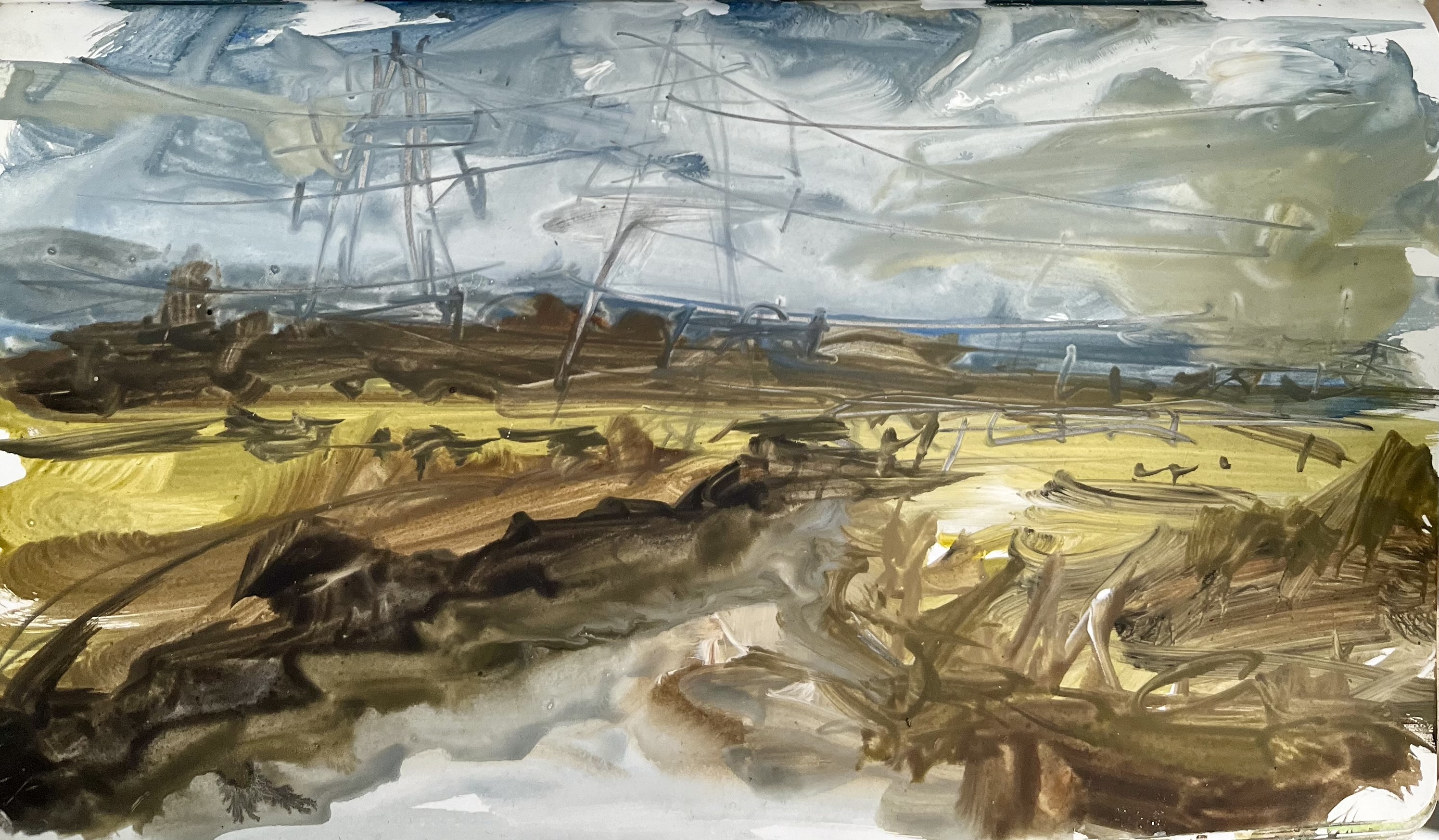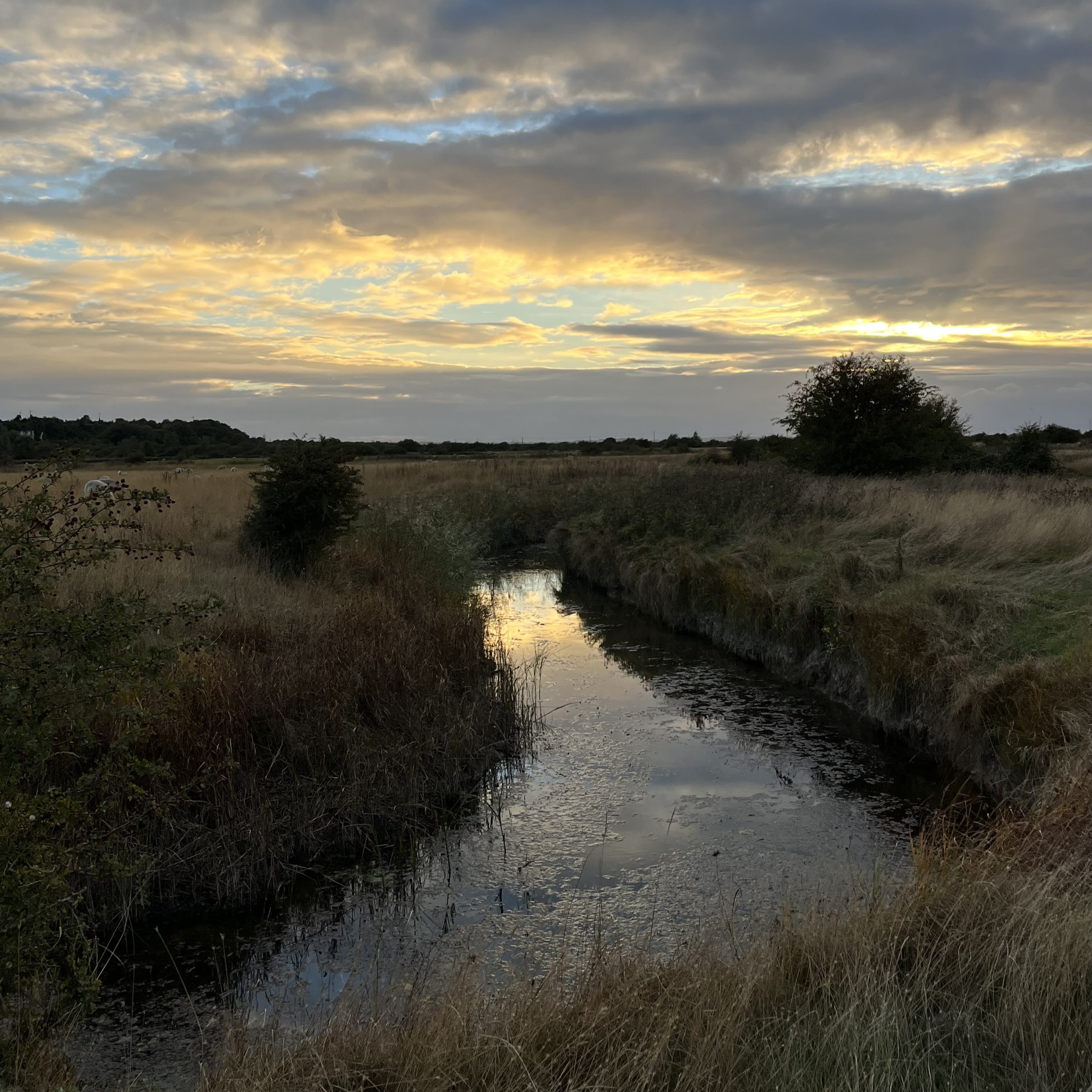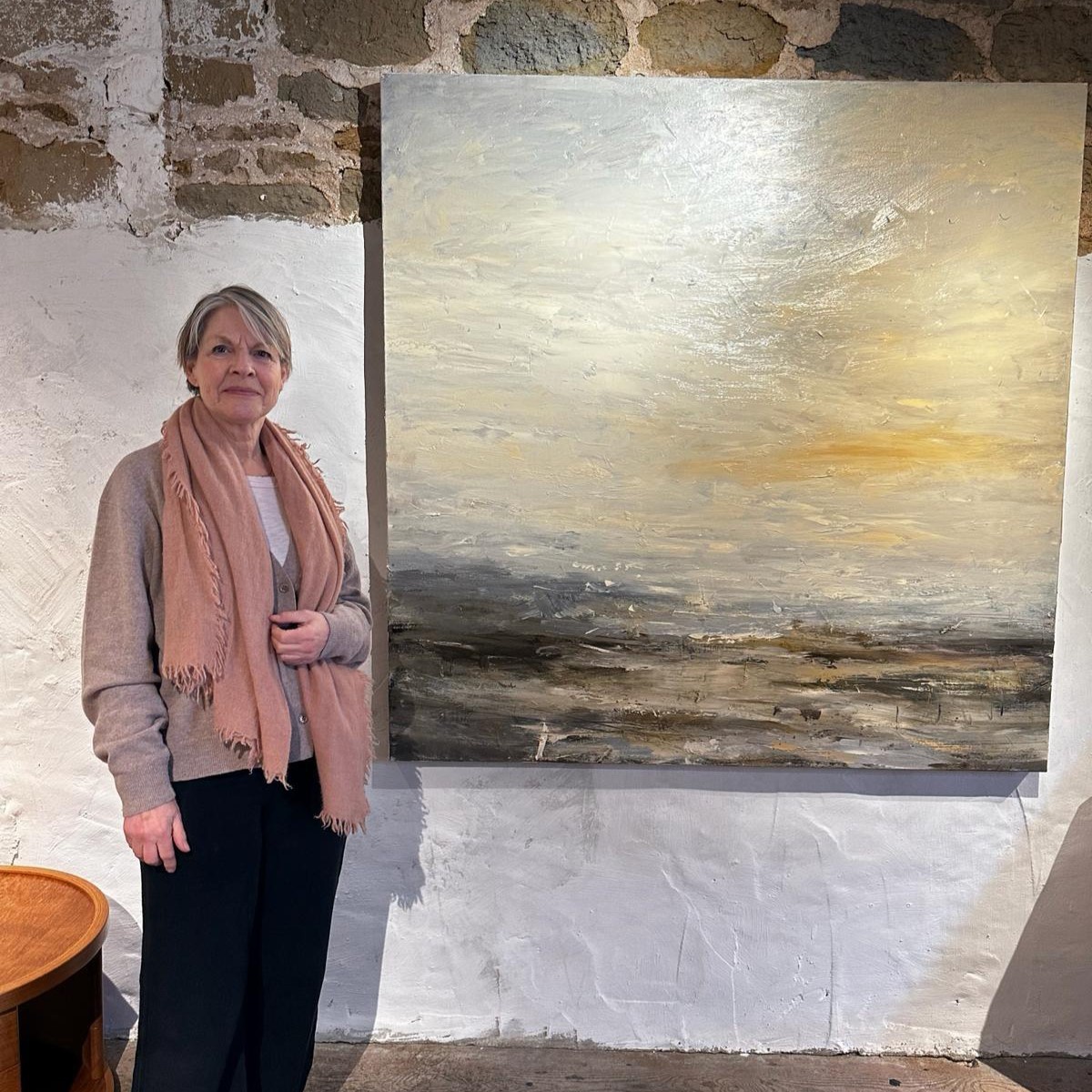With a current solo exhibition and a 5-day painting course later this year, we are pleased to bring you an article by Louise Balaam NEAC RWA in which she describes her influences, her way of working, and how when she's painting she gets into a state of consciousness "where you're absolutely absorbed in what you’re doing; you’ve lost all sense of time; you’re not thinking or analysing your actions; you’re simply doing..."
"I came to painting as a mature student, and even before I’d started painting myself (with much trepidation) I remember looking up close at a painting by Bonnard and wondering how he’d managed to make the paint somehow express something beyond what was being depicted, something I couldn’t explain. It wasn’t to do with the subject, which was probably an ordinary cup or bowl, but some magical quality of the paint itself.
Looking at paintings by Velazquez, for example, had the same effect, whereas other work seemed slick and meaningless. I felt I could tell the difference, but I couldn’t work out how it was happening.
"This magical ability of paint to express something beyond the verbal continues to fascinate me."
I had often noticed that some artists made beautiful sketches and studies which were fresh, spontaneous and full of energy, but that the paintings related to their sketches seemed to become solid and static.
I’ve come to realise that one of the reasons for this has to do with the psychological burden that paint sometimes has – particularly oil paint on canvas, which can seem so loaded with historical baggage that it can have the effect of paralysing the artist, or alternatively leading them towards making the kind of conventional paintings they’ve seen many times before.
Then I happened to come across a painting by Melita Denaro at the Royal Festival Hall which didn’t fall into that trap. Though on a tiny scale, the freedom of the brushstrokes seemed to echo the freedom of being in the landscape . . .
"There was a sense of openness, space, air. I had no idea it was possible to paint like that."
When I discovered Joan Eardley’s work, particularly her landscapes from Catterline on the east coast of Scotland, I became aware of something else – not only was her paint alive, but it powerfully expressed her emotional response to the wild weather she was inspired by. Her way of painting seemed unselfconscious, direct, immediate, with no striving for effect.
These two artists, along with many others, were hugely influential on the development of my work. As I became more entranced with the way paint could be used and how some of these mysterious expressive qualities came through, I was able to better articulate the aims of my own practice. I wanted to make paintings which kept the spontaneity and the energy of the gestures which made them.

A recent drawing (drawn outside)
The paint should be fluid and alive and unselfconscious and the painting should have a sense of emotional expression. I wanted to retain the excitement and of-the-moment quality of a sketch, but in a finished and coherent painting. I knew I also wanted to convey something of the feeling of being outside in the landscape – not just the visual ‘view’ but a consciousness of the multi-sensory nature of that environment. The sound of the wind, the movement of the air, the birds calling, the texture of the ground I was sitting on – I was searching for a way of getting all this into the painting. Working plein air wasn’t right for me; I became too literal and too tied to the visual impression in front of me.
 One of my favourite drawing spots
One of my favourite drawing spots
The eventual form my practice took was to draw outside (crucial) but to paint in the studio, without looking at my drawings (also crucial for me). I didn’t want to copy, I wanted to allow memory and imagination to take a part and for the painting itself to develop in somewhat surprising ways. As a tutor once said to me, ‘What’s the point of making a painting if you already know what it’s going to look like?’
As I struggled to change my way of working, I discovered something else which was critical. I needed to be in what I call (as shorthand) the right-brain mode. Of course, the workings of the brain are far more complex than a simple switch from one side rather than the other. But what I mean is that state of consciousness where you’re absolutely absorbed in what you’re doing; you’ve lost all sense of time; you’re not thinking or analysing your actions; you’re simply doing.

’Water under the sky (Kent marshes)’, oil on canvas, 50x50cm (painted in the studio) will feature in the NEAC Annual Exhibition 2024
Without fail, work produced in this state is superior to anything I might have tried to achieve – it’s more likely to have a sense of unforced ‘rightness’. I found I needed to spend time getting enough paint mixed and ready to paint (though I’ll often need to stop and reset partway through the process). And I needed to become more sensitive to when the right-brain state was ebbing away, and to be able to put down my brushes at that point and walk away from the painting. I discovered that many other artists had talked about this particular mode of consciousness, using different ways of expressing it:
‘The emotions are sometimes so strong that I work without knowing it. The strokes come like speech.’ Vincent van Gogh
‘Art is a collaboration between God and the artist, and the less the artist does, the better.’ Andre Gide
'If I create from the heart, almost everything works; if from the head, almost nothing.’ Marc Chagall
‘Don’t think. Thinking is the enemy of creativity. It’s self-conscious, and anything self-conscious is lousy.’ Ray Bradbury
'Where the spirit does not work with the hand, there is no art.’ Leonardo da Vinci
Paint manages to be both coloured, sticky mud and yet also somehow, magically, it can evoke light, air and space. I count myself so lucky to be able to continue struggling with this infuriating and entrancing substance. I hope to never stop learning and trying to do better."

Louise's new solo exhibition 'Under Ancient Skies’ runs at Sladers Yard gallery in West Bay, Dorset from 23 March to 12 May 2024.
She is also teaching a 5-day residential Landscape Painting Course at Jurassic Coast Studio in West Bay (30th September - 4th October 2024).
And you can find out more about Louise on her NEAC artist profile where you will also find a selection of original paintings for sale.

